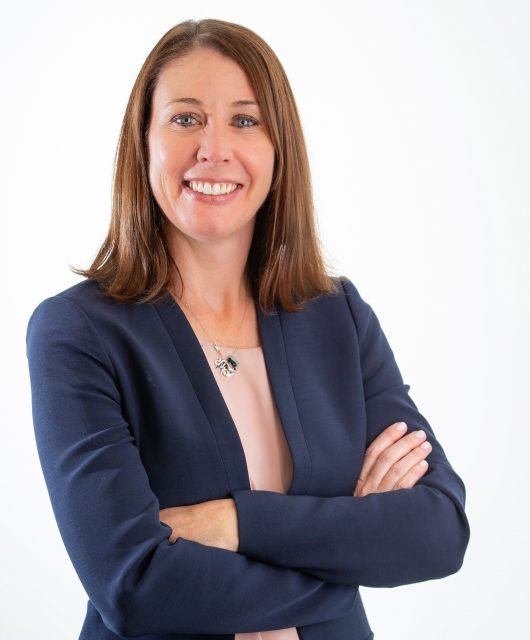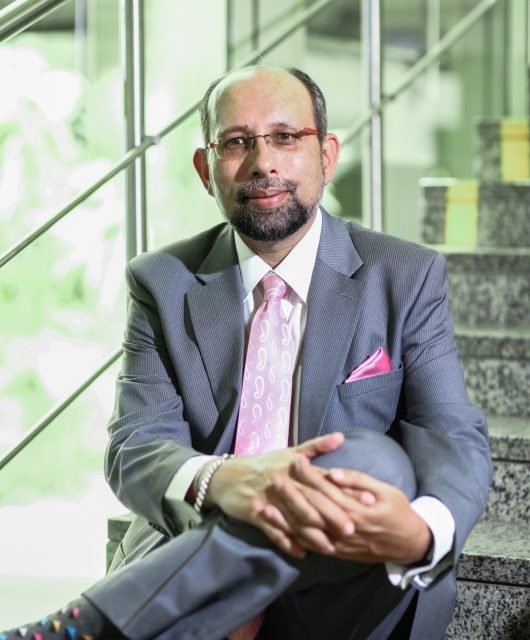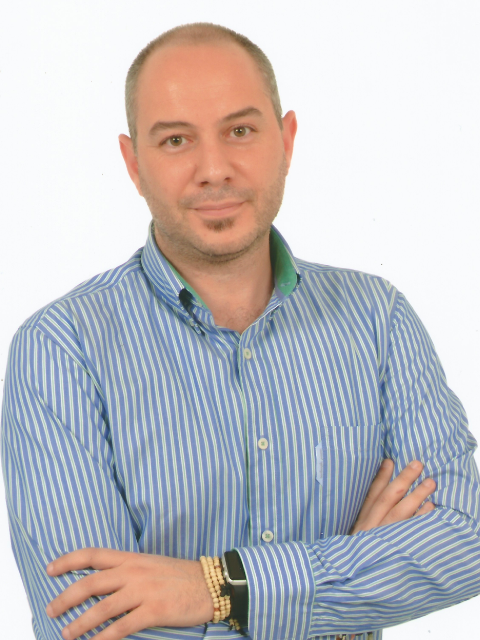Brand Communication is imperative to the sustainable success of any brand. In the current competitive landscape, brands must go beyond narrating a compelling story, they need to communicate in a way that inspires and engages. Having a solid and consistent brand communication strategy allows the brand to stand out, cut through the noise, build awareness and drive an emotional connection with the audience. The Berries interviewed Rowaidah Bibers, Managing Director of POD Egypt, to get her insight on how should brands communicate in 2017.
BB: Corporate communication used to be all about exposure and buzz via various media channels; With the rise of new communication concepts, brands find themselves with no choice but to adapt to change. From your opinion, what are the important new trends that corporate communication professionals should keep on their radar to lead in 2017?
 RB: Shared media is the trendiest 3rdparty endorsement that attracts consumers. Our job as a PR firm is to know the market, know who needs the product/service and then to work in creating a link between the brand and the consumer. Putting in place a strong PR strategy with the right creative content that is both genuine and organic in the way it reaches consumers is needed to attract and earn trust that can eventually translate into greater sales.
RB: Shared media is the trendiest 3rdparty endorsement that attracts consumers. Our job as a PR firm is to know the market, know who needs the product/service and then to work in creating a link between the brand and the consumer. Putting in place a strong PR strategy with the right creative content that is both genuine and organic in the way it reaches consumers is needed to attract and earn trust that can eventually translate into greater sales.
BB: For brands, fake news on social media is an existential threat. Do you think this will affect the level of online brand engagement on social media platforms?In times of fake news, should brands remain silent, refute news or generate content in a different direction? Please elaborate
RB: For example if someone spread a negative rumor about a brand that brand’s customer service needs to be ready to answer all positive and negative comments online. If it has to do with the cooperate identity of the company as a brand name not as a service, then there needs to be cooperation with the communications department preparing a statement that explains the situation to the public outlining what really happened, so that consumers perceptions of the brand are kept and trust is not lost. The correct action must be taken to solve the situation especially when it affects the trust between the brand and the client.
Keeping in mind that this is not a crisis,it’s simply sustaining the positive image for the brand.
If the reported news had some truth to it, the brand has to be transparent and the action they will take will be a statement that should be published stating facts and correcting any false accusation.
The contents strength is based on the news from social media, if it went viral and started to affect the brand, we have to interact with the public based on the situation. For example if it’s a negative post we have to align with the client and make sure there is transparency between both teams to be able to handle the situation correctly and achieve the desired results.
BB: The use of influencers has been one of the dominating highlights that gained momentum in 2016 with leaning on online influencers more than celebrity endorsements. How can the use of influencers for brands evolve in 2017 for a better ROI?
RB: It’s important to use them without abusing or burning them. If their direct output is not organic they are the same as direct advertising. Bloggers and influencers receive payment to talk about a brand this I believe is no different from a paid social media ad which is not shared media or a 3rd party endorsement. Saying this, there are influencers that I respect because they believe in the brand and enjoy using their products and talk about the brand as a user with their own first hand honest opinions, without the firms direction making them more credible.
Yes of course they add value to the ROI in the current media scene since social media has made a big impact on brands repetition. People now are plugged in 24/7 absorbing information like never before. So it affects the ROI and adds to it as it’s a part of the brands communications plan. Each company will evaluate the feedback, efficiency and interaction differently.For example if your Facebooks monthly interaction is 100,000 or 200,000 users that’s ROI if you have a Facebook page with no interaction. It’s not beneficial to your brand; this is based on the strength of your social media platforms content and your brands interaction with its users.
BB: One of the historical industry debates has revolved around whether doing PR in-house or hiring a professional corporate communication agency. Can you mention some differentiators that would encourage brands do PR with a firm instead of doing it inhouse?
RB: Let me tell you something big multi-national companies have their own guidelines that they must outsource their PR services; it cannot be done in house even if they have people in their corporate communications department. It’s a must for them.
PR is about having a creative team with different mentalities, different backgrounds sharing their views and ideas in brainstorming sessions, they have daily interactions with the media, they know the market, and they have the know to provide the brand with the right consultation. It’s very important for big companies with a lot of business to outsource their PR. One person is not enough to keep up with a market that’s changing every day, especially an unstable market like Egypt’s. PR companies are alert and ready 24/7, giving the brand a better repetition in the market. So of course I encourage these companies to seek the services of a PR firm as they are not just a one man show, they are a complete team offering all of a company’s needs under one roof.
BB: Nowadays, Brands are all about designing engaging experiences. How can corporate communication professionals help brands narrate their stories and create an emotional attachment?
RB: Based on how you study the market locally and your knowhow of regional and international market levels.
You have to know the people, the market and to know what’s trending. To be able to create an emotional attachment this depends on how you see your product; if it’s just a product or if it’s something that will have an effect on the consumer. You never go out to just buy a mobile phone you’re buying something that you will be carrying with you all day every day; you will find yourself becoming emotionally attached to it. This is how you should see your brand. If you see it like that you can communicate your objective and your messages through the PR tools that could be social media, digital, or traditional based on your segmentation and what your target is.
How you engage with the public is based on your understanding of the market, how you understand your consumer needs, and tailoring your objective to those needs.
BB: Corporate communication pros who work in the digital sphere are often faced with an all-time dilemma, Content Virality Vs Paid tools. How can they constantly find new content niches, social communities and influencers, organically?
RB: Based on a market studies tracking consumer’s needs and knowing what’s trending. Brain storming and creating new interactive ways to engage with consumers on an organic level. The most important thing is to tailor your objectives and messages and create content in places and in a tone that really hits home with your target audience, paid content rarely goes viral alone unless the idea behind it really hits home on a personal level amongst consumers.





